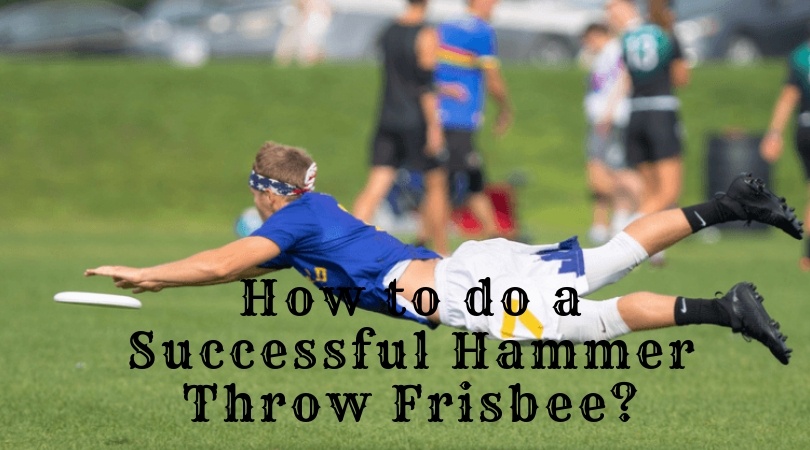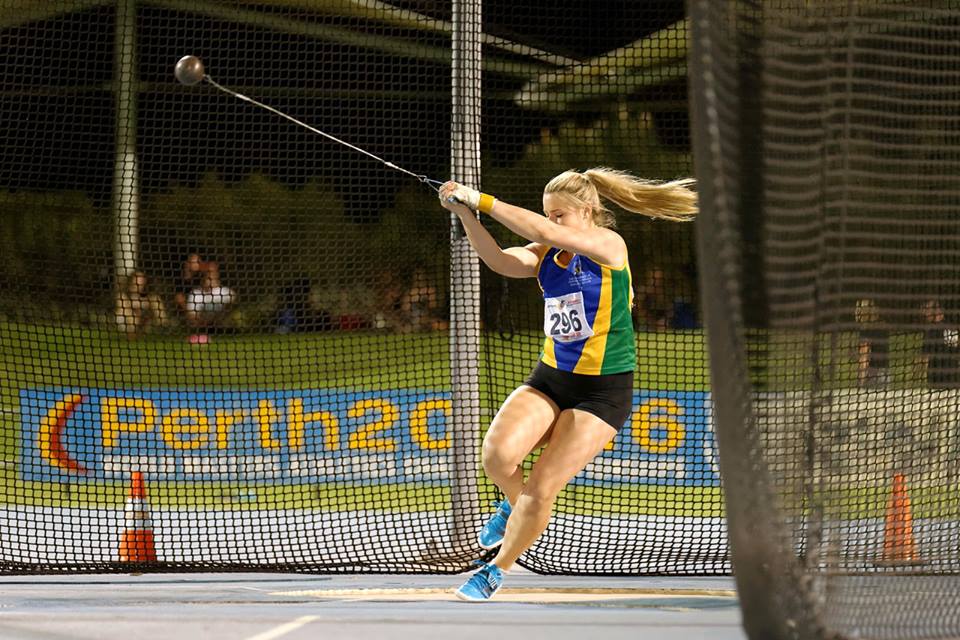

This review provides coaches with a critical analysis of the hammer throw technique, highlighting relevant factors for future development of training programmes. The thrower uses the action of the leg muscles to gain momentum, which is then transferred to the hammer through the trunk and arm muscles, thus obtaining an increase of the linear release velocity. The curve of the time-tangential velocity of the hammer follows a trajectory very similar to that of the forces applied to the hammer-thrower system indicating a strong relationship between the two variables. To maximize this variable, the athlete is required to accelerate the hammer by applying force. Among these, linear release velocity appears to be a fundamental element. This review emphasizes the kinematic and dynamic parameters that emerge as the most relevant to improve the throwing performance.

Furthermore, the orbital movement of the hammer and the forces involved in the throw are evaluated. This review analyses the ballistic and environmental aspects of the discipline as well as the motion of the center of mass of both the hammer and thrower. The modern throwing technique has many elements in common with that used by the best throwers in the Eighties, underlying a limited development in the biomechanical understanding of throwing motion in recent years. This narrative review provides a critical evaluation of the articles published in scientific and the most relevant technical journals with a particular focus on the biomechanical aspects that underlie the throwing technique and contribute to performance enhancement. However, most studies have been published on technical journals for coaches and there are only few works on the biomechanical aspects of hammer throw in scientific literature. Hammer throw is a discipline characterized by unique biomechanical features, which have often captured the interest of scientists and coaches in athletics. Laboratory of Bioengineering and Neuromechanics, Department of Movement, Human and Health Sciences, University of Rome “Foro Italico”, Rome, Italy.Gian Mario Castaldi, Riccardo Borzuola *, Valentina Camomilla, Elena Bergamini, Giuseppe Vannozzi and Andrea Macaluso


 0 kommentar(er)
0 kommentar(er)
